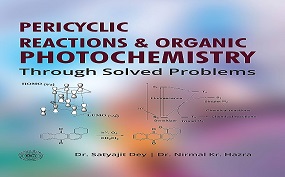
Pericyclic reactions can be initiated either thermally or photochemically, but in either case, they show great stereospecificity. The conditions under which pericyclic reactions occur and the stereochemistry of the products formed are dependent on the symmetry characteristics of the molecular orbitals (MOs) involved.
- Teacher: Dr. Ajaya Kumar Behera
- Teacher: Admin User
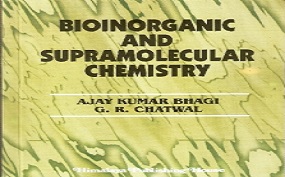
Metalloenzymes are natural catalysts that carry out various types of reactions including hydrolytic, redox, and others, with impressive turnovers and exquisite selectivity. To achieve this goal, they gather a metal active site and a well-defined supramolecular environment generated by the protein folding that allows specific spatial preorganization of the substrate and thus high reaction kinetics and selectivities.
- Teacher: Dr. Satyanarayan Pal
- Teacher: Admin User

The field of applied chemistry focuses on applying the theories and principles of chemistry to practical problems, finding out the chemical properties of materials, and developing new materials
- Teacher: Admin User

Practical work has had a central and distinct role in chemistry. Experimentation is the essence of learning science. The purpose of doing experiments is to teach the principles of scientific inquiry, to improve understanding of theory through practical experience, to teach specific practical skills, such as measurement and observation, that may be useful in future studies, and to teach generic skills, such as teamwork and problem-solving, to motivate and engage students.
- Teacher: Admin User

Analytical chemistry is the study and application of instruments and methods for separating, identifying, and quantifying matter. Separation, recognition, and quantification can be used alone or in combination with other practice methods. Separation is the process of isolating analytes.
- Teacher: Admin User
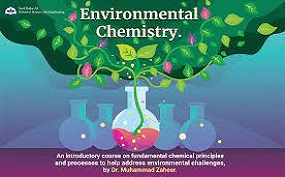
Environmental Chemistry involves the study of the effects that chemicals have on the air, water and soil and how they impact the environment and human health.
- Teacher: Dr. Joydev Dinda
- Teacher: Admin User
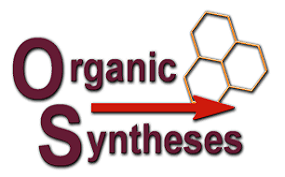
Organic synthesis or synthetic organic chemistry, as it is otherwise known, is the art and science of constructing organic molecules, whose primary element is carbon, such as those found in living creatures and also some synthetic materials.
- Teacher: Dr. Braja Narayan Patra
- Teacher: Admin User
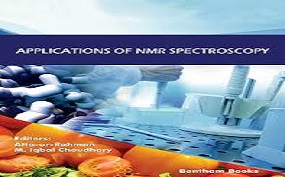
The study of the emission and absorption of light and other radiations by matter is known as spectroscopy. They mainly process the wavelength of the radiation. Spectroscopy also deals with the study of the interactions between particles like protons, electrons, and ions.
- Teacher: Nigamananda Das
- Teacher: Dr. Bijayalaxmi Jena
- Teacher: Admin User
